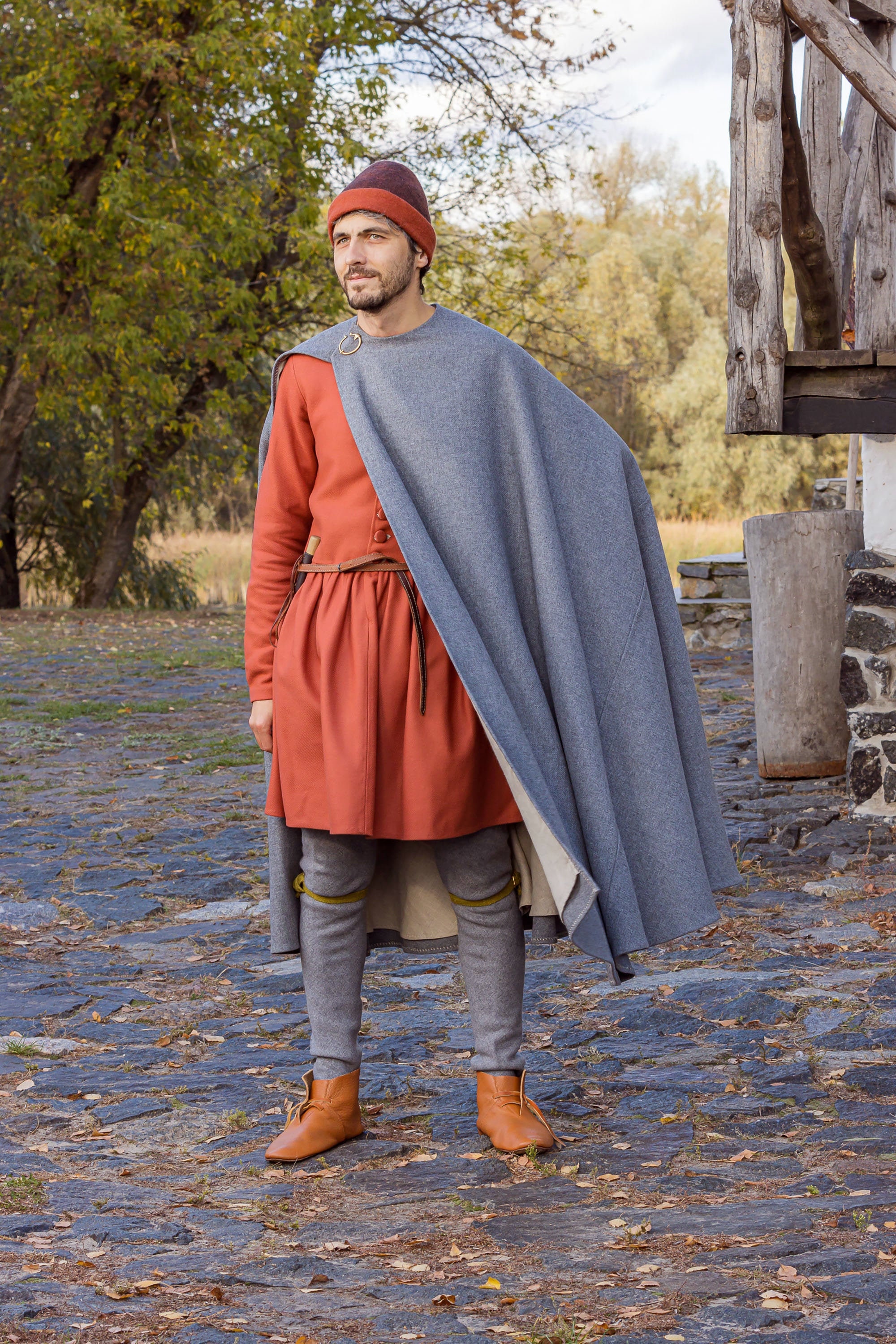

Other world military bodies continue to use the cape today as a part of the gala suit, worn only on special occasions. In Spain, the Civil Guard corps wore the cape until the end of the 1980s and then it was permanently removed from the uniform. Others who wore capes with a cross were the musketeers, who wore a blue cape.Īfter the Renaissance, the cape began to lose importance and we find it again in the First World War, where soldiers wore a simple wool cape on the Nordic fronts. The Templar warriors wore a white cape with a cross, which kept them warm on long journeys on horseback. Thieves also used hooded capes in night robberies to hide their own identity and cover their faces. Most of the time they were closed with some clasps at the neck or simply by tying the two ties with a knot. The nobility wore warm and highly decorated capes, sometimes with embroidery, while the peasants wore capes of dark colors and poor materials. The cape was a garment widely used in medieval times as it helped to keep warm and protect from wind and rain. In ancient Rome, the cape without a hood was used by Roman soldiers, especially in the Nordic wars, where temperatures were very low. The noble classes such as doctors, actors, and teachers wore colored cloaks. One of the first to wear the cape were the Romans. The cape is worn over the shoulders, closed at the neck with ties or a brooch, and is usually warm to the ankles or knees. The cape is a warm garment that serves to keep warm when temperatures drop and can also serve to hide a person's identity, with the help of the hood.


 0 kommentar(er)
0 kommentar(er)
